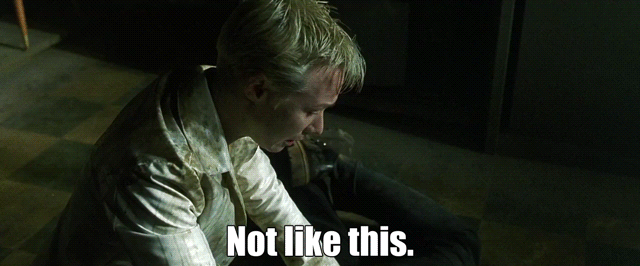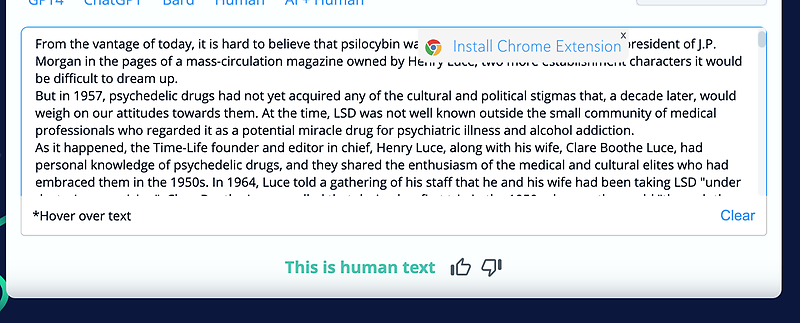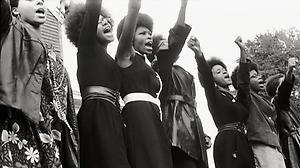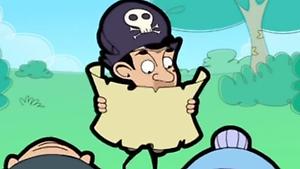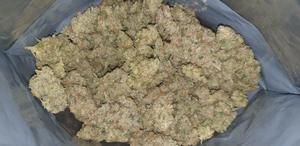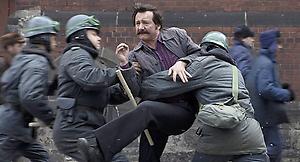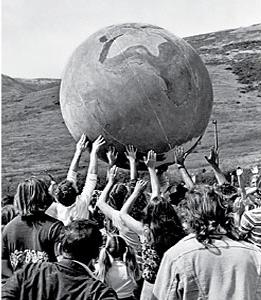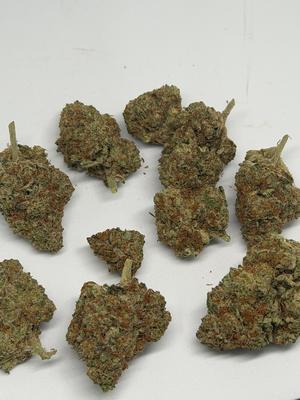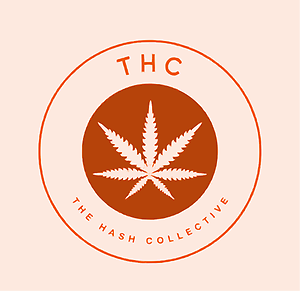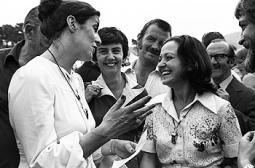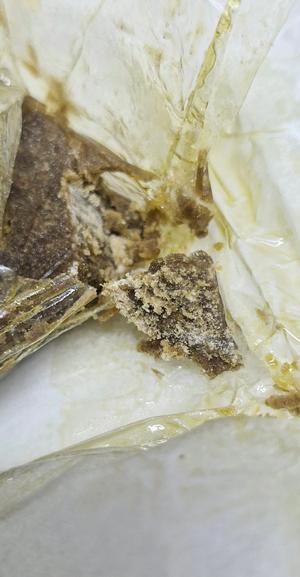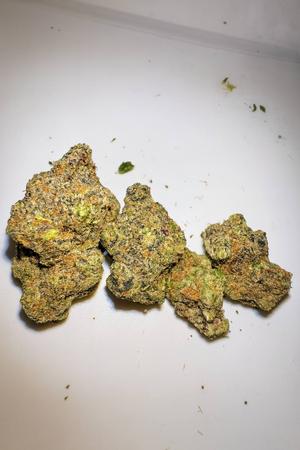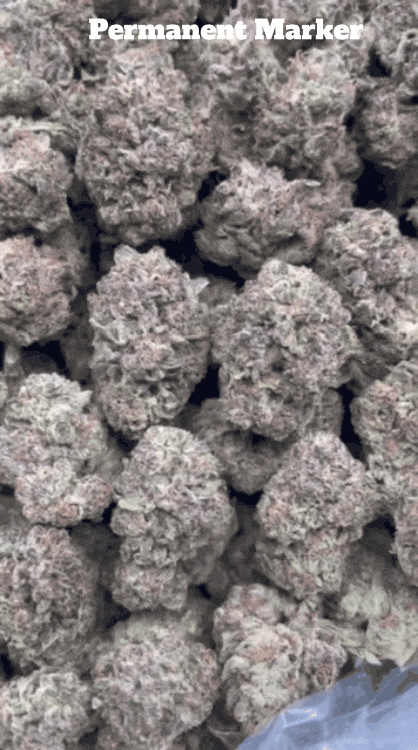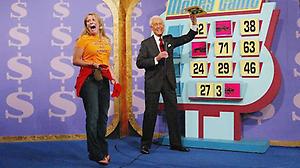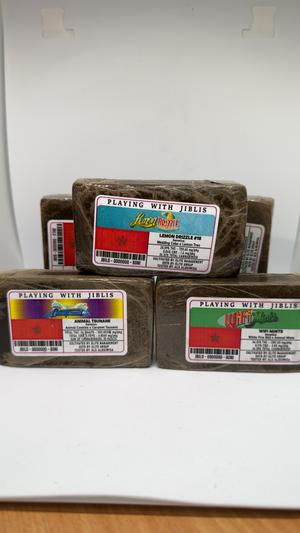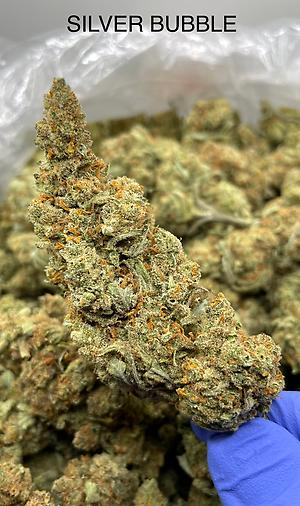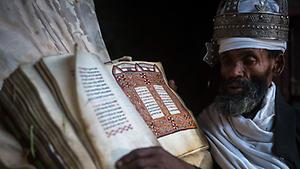Dear Community,
From the vantage of today, it is hard to believe that psilocybin was introduced to the West by a vice president of J.P. Morgan in the pages of a mass-circulation magazine owned by Henry Luce; two more establishment characters it would be difficult to dream up.
But in 1957, psychedelic drugs had not yet acquired any of the cultural and political stigmas that, a decade later, would weigh on our attitudes towards them. At the time, LSD was not well known outside the small community of medical professionals who regarded it as a potential miracle drug for psychiatric illness and alcohol addiction.
As it happened, the Time-Life founder and editor in chief, Henry Luce, along with his wife, Clare Boothe Luce, had personal knowledge of psychedelic drugs, and they shared the enthusiasm of the medical and cultural elites who had embraced them in the 1950s. In 1964, Luce told a gathering of his staff that he and his wife had been taking LSD "under doctor's supervision"; Clare Boothe Luce recalled that during her first trip in the 1950s she saw the world "through the eyes of a happy and gifted child." Before 1965, when a moral panic erupted over LSD, Time-Life publications were enthusiastic boosters of psychedelics and Luce took a personal interest in directing his magazine's coverage of them.
So when R. Gordon Wasson approached Life magazine with his story, he could not have knocked on a more receptive door. Life gave him a generous contract that, in addition to the princely sum of 8500$, granted him final approval on the editing of his article, as well as the wording of headlines and captions. It specified that Wasson's account include a "description of your own sensations and fantasies under the influence of the mushroom."
"Seeking the Magic Mushroom," in which "a New York banker goes to Mexico's mountains to participate in the age-old rituals of Indians who chew strange growths that produce visions," opened on a spread with a full-page color photograph of a Mazatec woman turning a mushroom over a smoky fire and goes on for no fewer than fifteen pages. The headline is the first known reference to "magic mushrooms", a phrase that, it turns out, was coined not by a stoned hippie but a Time-Life headline writer.
"We chewed and swallowed these acrid mushrooms, saw visions, and emerged from the experience awestruck," Wasson tells us, somewhat breathlessly, in the first paragraph. "We had come from afar to attend a mushroom rite but had expected nothing so staggering as the virtuousity of the performing cuaranderas [healers] and the astonishing effects of the mushrooms. [The photographer] and I were the first white men in recorded history to eat the divine mushrooms, which for centuries had been a secret of certain Indian peoples living far from the great world in southern Mexico.
Wasson then proceeds to tell the improbable tale of how someone like him, "a banker by occupation," would end up eating magic mushrooms in the dirt-floored basement of a thatch-roofed, adobe-walled home in a Oaxacan town so remote it could only be reached by means of an eleven-hour trek through the mountains by mule.
The story begins in 1927, during Wasson's honeymoon in the Catskills. During an afternoon stroll in the autumn woods, his bride, a Russian physician named Valentina, spotted a patch of wild mushrooms, before which "she knelt in poses of adoration." Wasson knew nothing of "those putrid, treacherous excrescences" and was alarmed when Valentina proposed to cook them for dinner. He refused to partake. "Not long married," Wasson wrote, "I thought to wake up the next morning a widower."
The couple became curious as to how two cultures could hold such diametrically opposed attitudes toward mushrooms. They soon embarked on a research project to understand the origins of both "mycophobia" and "mycophilia," terms that the Wassons introduced. They concluded that each Indo-European people is by cultural inheritance either mycophobic or mycophilic and proposed an explanation for the powerful feelings in both camps.
"Was it not probable that, long ago, long beforet he beginnings of written history, our ancestors had worshipped a divine mushroom? This would exlain the aura of the supernatural in which all fungi seem to be bathed"
The logical next question presented itself to the Wassons -> "What kind of mushroom was once worshipped, and why?" - and with that question in hand they embarked on a thirty-year quest to find the divine mushroom. They hoped to obtain evidence for the audacious theory that Wasson had developed and that would occupy him until his death: that the religious impulse in humankind had been first kindled by the visions inspired by a psychoactive mushroom.
As a prominent financier, Wasson had the resources and the connections to enlist all manner of experts and scholars in his quest. One of these was the poet Robert Graves, who shared the Wassons' interest in the role of mushrooms in history and in the common origins of the world's myths and religions. In 1952, Graves sent Wasson a clipping from a pharmaceutical journal that made reference to a psychoactive mushroom used by sixteenth-century Mesoamerican Indians. The article was based on research done in Central America by Richard Evans Schultes. Schultes was a revered professor whom students recall shooting blowguns in class and keeping a basket of peyote buttons outside his Harvard office; he trained a generation of American ethnobotanists. Along with Wasson, Schultes is one of a handful of figures whose role in bringing psychedelics to the West has gone underappreciated; indeed, some of the first seeds of that movement have quite literally sat in the Harvard herbarium since the 1930s, more than 25 years before Timothy Leary set foot on the campus. For it was Schultes who first identified teonanácatl - the sacred mushroom of the Aztecs and their descendants- as well as ololiuqui, the seeds of the morning glory, which the Azetcs also consumed sacramentally and which contain an alkaloid closely related to LSD.
In 1953, Wasson mad the first of ten trips to Mexico and Central America, several of them to the village of Huautla de Jiménez, deep in the mountains of Oaxaca, where one of his informants - a missionary- had told him healers were using mushrooms. At first the locals were tight-lipped. Some told Wasson they had never heard of mushrooms, or that they were no longer used, or that the practice survived only in some other, distant village.
Their reticence was not surprising. The sacramental use of psychoactive mushrooms had been kept secret from Westerners for four hundred years, since shortly after the Spanish conquest, when it was driven underground. The best account we have of the practice is that of the Spanish missionary priest Bernadino de Sahagún, who in the sixteenth century described the use of mushrooms in an Aztec relgious observance:
Quote
These they ate before dawn with honey, and they also drank cacao before dawn. The mushrooms they ate with honey when they began to get heated from them, they began to dance, and some sang, and some wept... Some cared not to sing, but would sit down in their rooms, and stayed there pensive-like. And some saw in a vision that they were dying, and they wept, and others saw in a vision that some wild beast was eating them, others saw in a vision that they were taking captives in war... others saw in a vision that they were to commit adultery and that their heads were to be bashed in therefor... Then when the drunkenness of the mushrooms had passed, they spoke one with another about the visions that they had seen.
The Spanish sought to crush the mushroom cults, viewing them, rightly, as a mortal threat to the authority of the church. One of the first priests Cortés brought to Mexico to Christianize the Aztecs declared that the mushrooms were the flesh of "the devil that they had worshipped, and... with this bitter food they received their cruel god in communion." Indians were interrogated and tortured into confessing the practice, and mushroom stones- many of them foottall chiseled basalt sculptures of the sacred fungi, presumably used in religious ceremonies- were smashed. The Inquisition would bring dozens of charges against Native Americans for crimes involving both peyote and magic mushrooms, in what amounted to an early battle in the war of drugs-or, to be more precise, the war on certain plants and fungi. In 1620, the Roman Catholic Church declared that the use of plants for divination was "an act of superstition condemned as opposed to the purity and integrity of our Holy Catholic Faith."
It is not hard to see why the church would have reacted so violently to the sacramental use of mushrooms. The Nahuatl word for the mushrooms -flesh of the gods- must have sounded to Spanish ears like a direct challenge to the Christian Sacrament, which of course was also understood to be the flesh of the gods, or rather of the one God. Yet the mushroom sacrament enjoyed an undeniable advantage over the Christian version. It took an act of faith to believe that eating the bread and wine of the Eucharist gave the worshipper access to the divine, an access that had to be mediated by a priest and the church liturgy. Compare that with the Aztec sacrament, a psychoactive mushroom that granted anyone who ate it direct , unmediated access to the divine- to visions of another world, a realm of the gods. So who had the more powerful sacrament? As a Mazatec Indian told Wasson, the mushrooms "carry you there where god is."
The Roman Catholic Church might have been the first institution to fully recognize the threat to its authority posed by a psychedelic plant, but it certainly wouldn't be the last.









